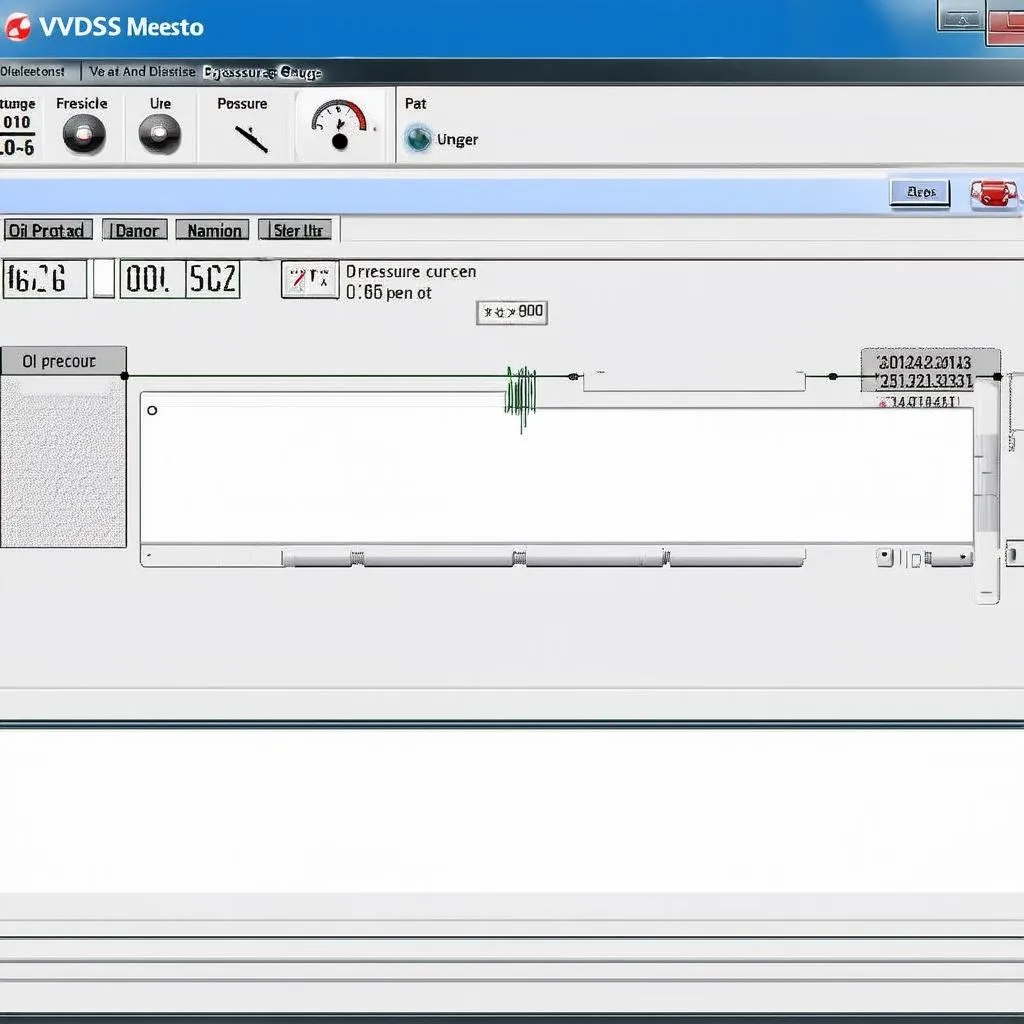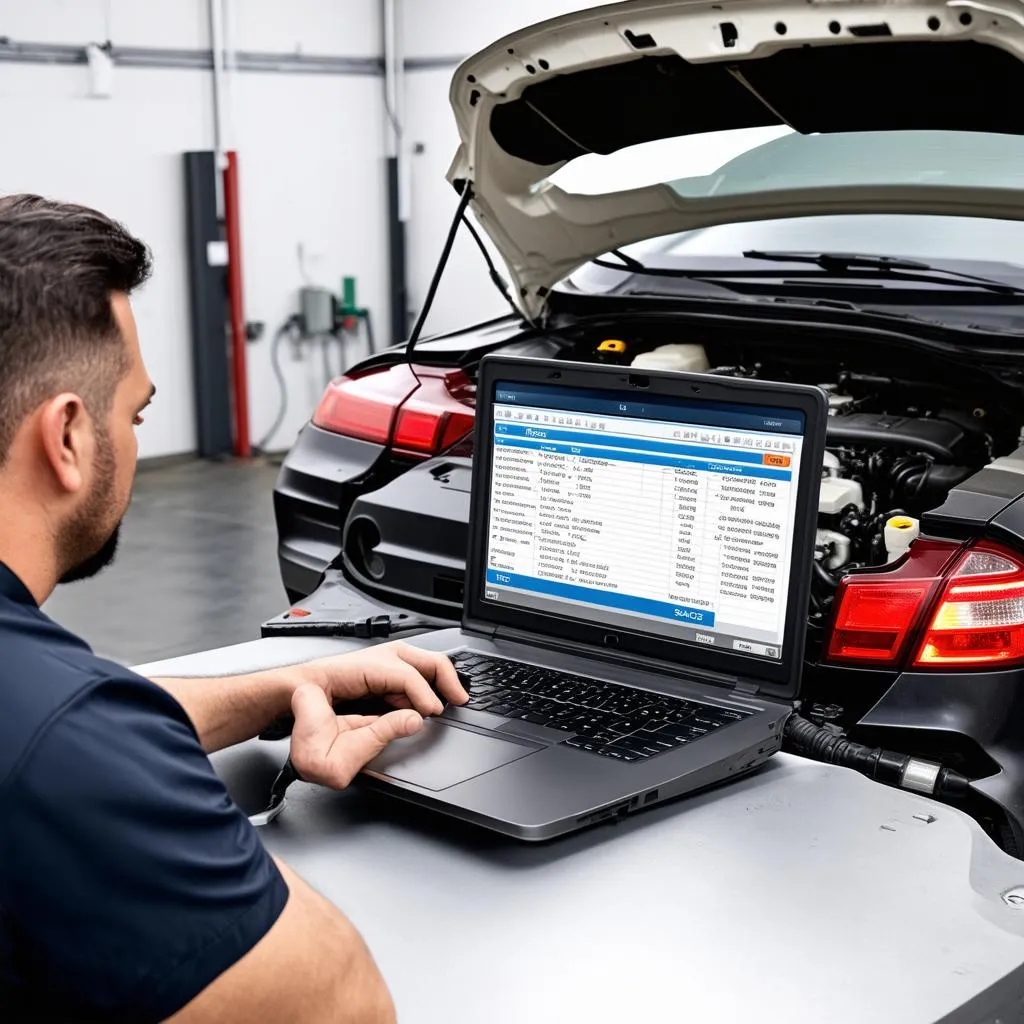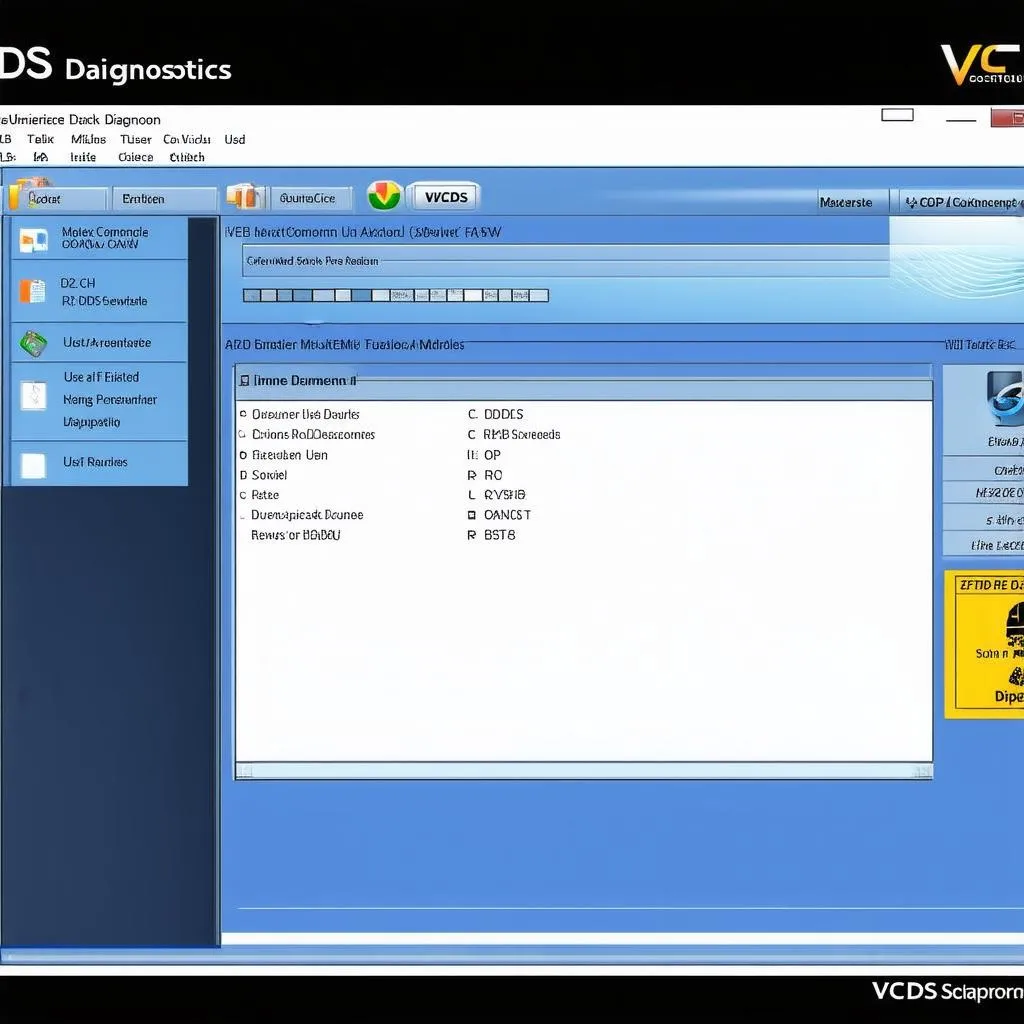Oil pressure is the lifeblood of your engine. It ensures that all moving parts are properly lubricated and prevents catastrophic damage. Monitoring your oil pressure is crucial, and that’s where VCDS (Vag-Com Diagnostic System) comes in. This software allows you to access your vehicle’s engine control unit (ECU) and retrieve valuable data, including real-time oil pressure readings.
What Does Oil Pressure Tell You?
Oil pressure readings can give you insight into the health of your engine.
- Low oil pressure is a serious problem that can lead to engine damage. It can be caused by a number of factors, including low oil level, a worn oil pump, or a leak in the oil system.
- High oil pressure, while less common, can also indicate a problem. It may be caused by a blockage in the oil system or a faulty oil pressure sensor.
Using VCDS to Monitor Oil Pressure
VCDS provides a user-friendly interface to access your car’s ECU and monitor various parameters, including oil pressure. Here’s how you can do it:
- Connect your VCDS cable: Connect the VCDS interface to your computer’s USB port and the other end to your car’s OBD-II port.
- Launch VCDS software: Turn on the ignition of your car and launch the VCDS software on your computer.
- Select your car model: Navigate through the software menu to select your car’s make, model, and year.
- Access Engine Electronics: Choose “Engine” or “Powertrain” from the available control modules.
- Go to Measuring Blocks: Look for an option called “Measuring Blocks” or a similar term.
- Find Oil Pressure: Scroll through the available measuring blocks until you find the one displaying “Oil Pressure” or a related parameter.
You can then observe the real-time oil pressure readings as your engine runs.
 Oil Pressure Gauge on VCDS Software
Oil Pressure Gauge on VCDS Software
Common Questions about Oil Pressure and VCDS
Q: What is a normal oil pressure reading?
A: A normal oil pressure reading can vary depending on the engine’s make, model, and temperature. However, a healthy engine should typically display an oil pressure between 20 and 60 PSI at idle and around 60-80 PSI at higher RPMs.
Q: What should I do if my VCDS shows low oil pressure?
A: If you notice low oil pressure readings, it’s crucial to address the issue promptly to prevent engine damage. Here are some steps:
- Check oil level: Ensure your engine oil level is within the recommended range.
- Inspect for leaks: Look for any signs of oil leaks around the engine and oil pan.
- Consult a mechanic: If you can’t identify the issue, it’s best to consult a qualified mechanic who can diagnose the problem using advanced tools like VCDS.
“Regularly monitoring your oil pressure using VCDS can help you detect potential problems early on and prevent costly repairs,” says John Miller, an automotive engineer with 20 years of experience in vehicle diagnostics.
Q: Can VCDS diagnose oil pump problems?
A: While VCDS doesn’t directly diagnose oil pump problems, it can provide valuable clues. For instance, consistently low oil pressure even after an oil change can indicate a failing oil pump.
 Mechanic Using VCDS for Car Diagnostics
Mechanic Using VCDS for Car Diagnostics
Benefits of Using VCDS for Oil Pressure Monitoring
- Early detection of problems: VCDS helps identify issues before they escalate, saving you from potentially expensive repairs.
- Accurate readings: It provides more precise readings than traditional dashboard gauges.
- DIY diagnostics: VCDS empowers car owners to monitor their vehicle’s health and perform basic diagnostics.
Conclusion
Monitoring your car’s oil pressure is essential for its longevity. VCDS offers a powerful and user-friendly solution for real-time monitoring and diagnostics. By understanding your car’s oil pressure readings and utilizing the features of VCDS, you can ensure your engine remains healthy and performs optimally. For further assistance with VCDS and other car diagnostic tools, explore the resources available at CARDIAGTECH.
You can find more information about using VCDS for diagnostics here: https://cardiagtech.com/vcds-diagnose/.

